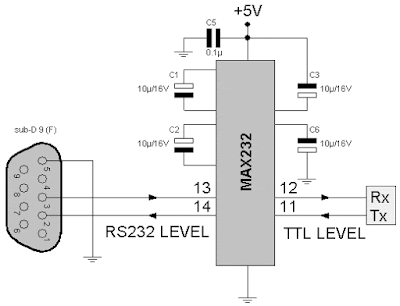WSC 2015
The race has been fun and exciting. Along the way, there has been lots of problems and troubleshooting needs to take place.
Some problems are: Unstable readings from the current sensors, intermittent transmission of data from modems, unstable and inaccurate readings for motor pulses
5.1 Current Readings
Firstly the current readings
from the current sensors provided us with readings that were too unstable due
to its sensitivity and thus causing the readings obtained to fluctuate too
much. Furthermore, during certain times, some of the readings obtained were not
proportional to the variables it was supposed to measure, such as when the
accelerator paddle wasn’t pressed on, the current sensor of the motor read an
increase in current.
5.2
Speed Measurement
Secondly unstable and
inaccurate motor pulses causes the vehicle speed on display to be inaccurate.
Noise generated in the surroundings causes the intermittent spiking of
readings. Spiking can also occur whenever the driver start to step on the
accelerator, thus causing the speed display not proportional to the actual
speed of the motor.
5.3
Transmission
Transmission of the modems in
the solar car and chase vehicle is inconsistent. During the race, transmission
works well when the solar car is driving at an average distance of within 300m
ahead of the chase vehicle. Results obtained were rather accurate for this
safety distance. However, whenever the car tries to speed up or is on the
trailer, distance between the solar car and chase vehicle has to increase for
safety reasons. Transmission of data is not as accurate due to noise. Also,
there are longer pauses between data.























